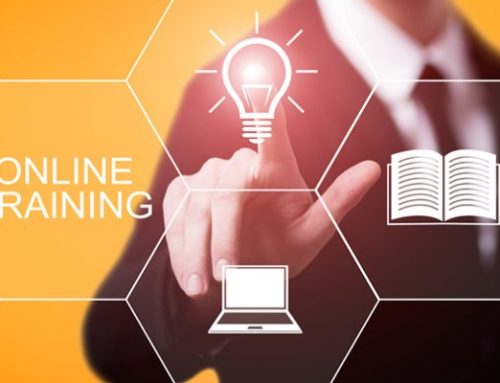 I never teach my pupils; I only attempt to provide the conditions in which they can learn. – Albert Einstein
I never teach my pupils; I only attempt to provide the conditions in which they can learn. – Albert Einstein
Knowledge is obviously a big ingredient when it comes to our ideas and actions. It is the foundation to what we do, how we think, and how we interact. Knowledge is often accrued through the presentation of materials, through self exploration, through mentoring, or through trial and error. Personally, I learn most of my lessons through screw ups. This knowledge forms the foundation we need to understand a situation, think critically, and make the decisions we need to grow and succeed.
When developing educational or training based applications we tend to look at three key ideas involved with understanding and applying knowledge: developing state-of-mind, problem solving skills, and experience.
Develop State-of-Mind
Knowledge is like compound interest. Learning and understanding how to apply knowledge is easier and faster once a foundation is in place. By developing the state of mind, we memorize more because we understand clearer and connect the dots more efficiently. A professional is a professional because they have a foundational view and experience of the subject at hand. By focusing the presentation of the materials on developing this foundation, a base can be set to focus on their their ability to apply their knowledge.
How? Ask the professionals. Find out what is foundational and build upon that. Listen to the questions that are asked by the students in current classes. There is a good chance that these questions are asked often, and asked because of a common gap in their state-of-mind. By understanding the answers to these questions, we can determine what gaps exist in the presentation of the materials.
Develop Problem Solving Skills
Developing your audience’s state-of-mind runs hand-in-hand with their ability to problem solve and think critically. Too often information is simply given and not challenged. Taking a multiple choice test does not necessarily prove any information is actually understood. Applying knowledge tends to involve making decisions and solving problems to situations, so focus your presentation of the materials on building these skills.
How? Present problems and let the user figure out the answer. Sometimes a questions or situation will provide multiple views and approaches. Let the student explore. Help them if they need it. They will start to understand how changing a variable over here, directly relates to the outcome over there. Challenge their minds.
Develop Experience
Experience develops through the interaction someone has to a given subject. It comes through understanding and feeling comfortable with the ability to apply knowledge to situations and scenarios. Real life tends to present random and unique circumstances. Experience is not just about being successful doing what you know, but being able to use what you know, using your state-of-mind and problem solving skills, to make true decisions that will net the best result.
How? With today’s technology and story telling methods, we can develop experience without expensive and time consuming on-the-job training. Even without training on an actual auto engine, the material can be presented through text, images, animation, and interactivity. By laying a foundation to what what an engine is, and scenarios to why it may be broken. It can allow the student to explore the various parts, names, and functionality. A few focused interactive challenges can be presented that test the students understanding of the engine and their ability to solve the problem at hand.
By focusing on these three learning methods, students will retain more information, have a clearer understanding, and often find the subject matter far more interesting. All the ingredients you want in a good education.





